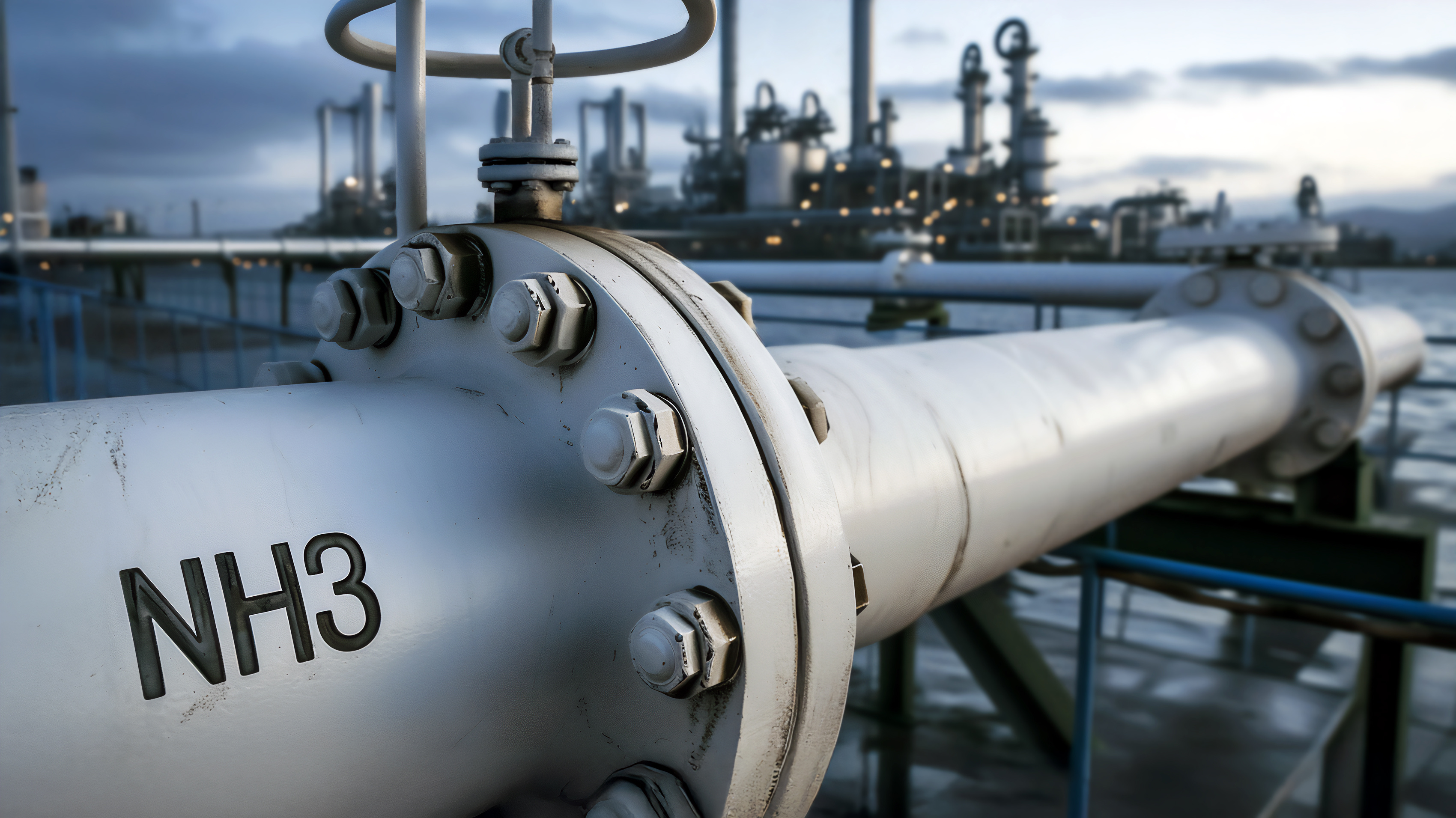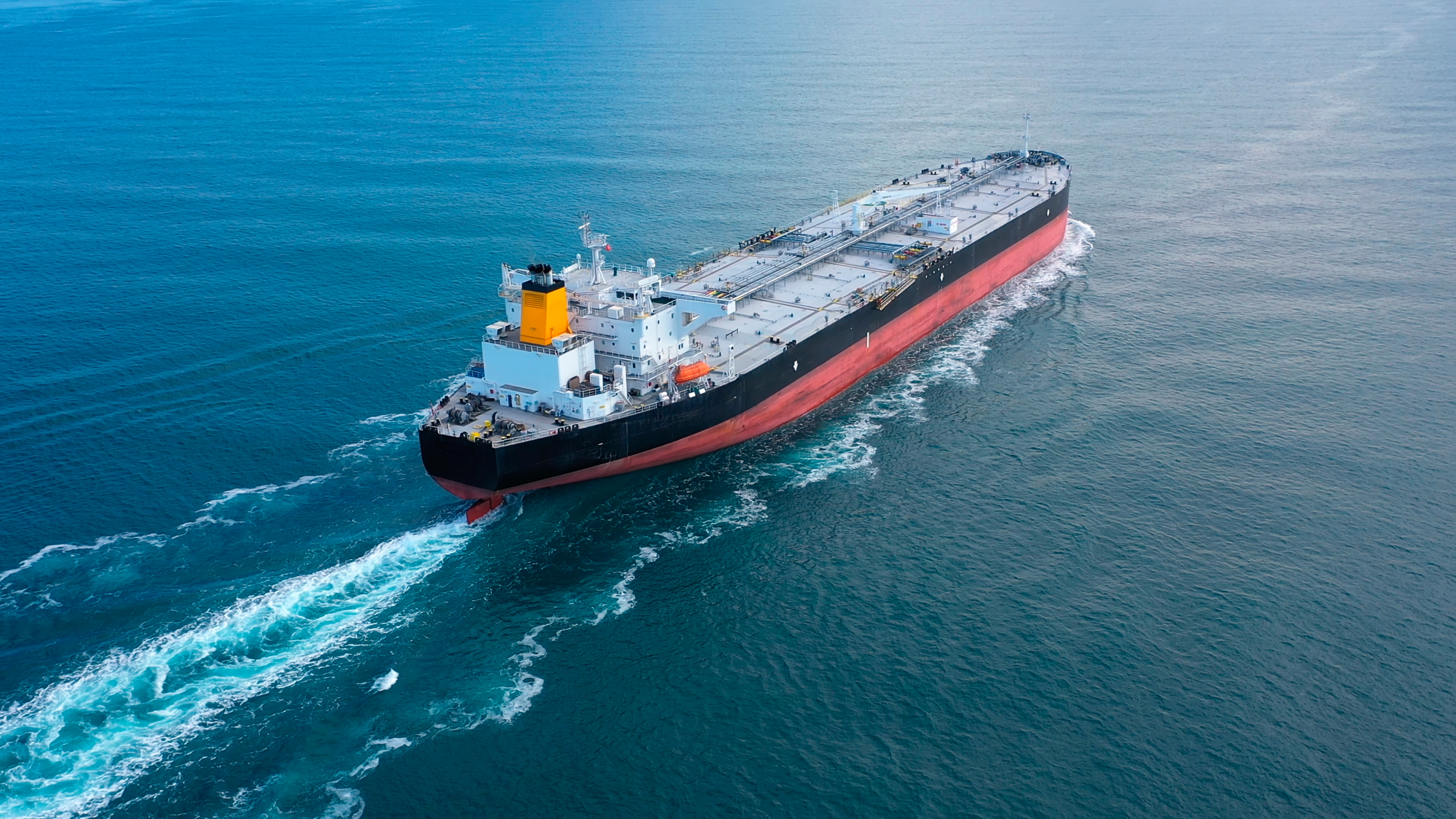Following the continued coverage of bunker issues in the US Gulf, the Club has produced this short FAQ in conjunction with Brookes Bell. Should you have any further questions or claims arising, please contact your usual P&I or Defence claims handler.What appears to be the problem?
There have been a significant number of bunker quality related engine problems following the delivery of fuel supplied in the US Gulf region, particularly in the Houston area, but these also extend to fuels supplied at Panama. These claims appear to relate to fuel bunkered late March-May this year, with the problems manifest variously in the form of sticking and seizure of fuel injection system components and blocking of fuel filters. Evidence suggests that the cause of the problems is linked to the inclusion of adulterants, or contaminants, in the fuel that are of non-petroleum refining origin. There appear to be at least two different forms of contamination involved, i.e. not all problem fuels share the same burden of contaminants, some showing evidence of chemical waste related to bisphenol manufacturing operations, other showing evidence of bio-derived contaminants including Tall Oil, a bi-product from the timber industry.
But ISO 8217 testing will show that bunkers are off-spec, so why should I be concerned?
The standard ISO 8217 'Table 2' Test Requirements involve the determination of a series of physical and chemical characteristics, and include tests designed to assess the levels of normal manufacturing and handing impurities, such as catalytic fines, water and used lubricating oil, and to highlight the presence of contaminants that may impinge on the flash point of the fuel. However, it is impractical for specifications to include tests and limits for all possible contaminants that might occasionally finding their way into marine bunker fuels, and there are materials which can adversely affect the fitness of fuel for use in a marine engine, the presence of which will not necessarily be revealed by the basic Table 1 (distillate fuels) or Table 2 (residual marine fuels) Test Requirements.
The ISO 8217 standard deals with the preclusion of potential deleterious constituents issue through the General Requirements clause (Clause 5). For reference, the General Requirements of the ISO 8217 International Standard, as prescribed in the 2010/2012 editions, are replicated below.
ISO 8217 : 2010 /20125 General Requirements 5.1
The fuel shall conform to the characters and limits given in Table 1 or Table 2, as appropriate, when tested in accordance with the methods specified.
5.2
The fuel shall be a homogeneous blend of hydrocarbons derived from petroleum refining. This shall not preclude the incorporation of additives intended to improve some aspects of the fuel's characteristics and performance. The fuel shall be free from inorganic acids and used lubricating oils.
5.3
Fuels shall be free from any material that renders the fuel unacceptable for use in marine applications
5.4
The fuel shall be free from bio-derived materials other than 'de minimis' levels of FAME (FAME shall be in accordance with the requirements of EN 14214 or ASTM D6751). In the context of this International Standard, "de minimis" means an amount that does not render the fuel unacceptable for use in marine applications. The blending of FAME shall not be allowed.
NOTE See Annex A.
5.5
The fuel shall not contain any additive at the concentration used in the fuel, or any added substance or chemical waste that
- jeopardises the safety of the ship or adversely affects the performance of the machinery; or
- is harmful to personnel; or
- contributes overall to additional air pollution.
NOTE See Annex B
As with the current rash of problems from the USGC region, the fuel appear to meet the basic ISO 8217 Table 2 Test Requirement, but still appear to cause problems in use and it is increasing more common, and necessary, to call for additional tests and analytical techniques in an effort to investigate why a fuel might be giving rise to problems and to assess whether there might have been a breach of Clauses 5.2 to 5.5 of the International Standard.
Are there additional tests that can be run?
There are more advanced analytical techniques that can assist, such Gas Chromatography combined with Mass Spectrometry (GCMS).
Gas Chromatography (G.C.) essentially provides a means of separating the volatile components of complex mixture (generally in order of increasing boiling point). Separation is achieved effectively by differential rates of adsorption onto and desorption from an active 'stationary phase' of a G.C. column (located in a temperature programmable oven) through which a portion of the sample is passed under the influence of an inert carrier gas. The separated components are detected electronically as they elute from end of the G.C. column are displayed in the form of a series of peaks on a time-based chromatogram, with the peak size (area) being roughly proportional to the quantity of component present. When using a G.C. equipped with a Mass Spectrometer as the detector (GC-MS) the separated components eluting from the G.C. column are subsequently exposed to a high energy beam of electrons from an electron-impact (EI) source, which cause them to fragment into ions. The resulting ions are separated, according to their mass and charge, as they are accelerated through a magnetic field producing characteristic ion fragmentation patterns that can be matched against library data and / or patterns obtained from pure standard reference materials.
There are different ways in which the GC-MS technique can be applied. These include, but are not limited to : (i) 'Head-space' analysis, which involves injecting only the more volatile (vapour phase) components of a sample into the instrument. This approach is useful for looking for highly volatile contaminants, such as chlorinated solvents, but would not detect the less volatile variety (ii) Direct injection of the fuel, after precipitation of the asphaltenic contaminants (iii) Pyrolysis GC-MS, which is particularly useful for analysis less volatile solid samples.
It should be noted that not all contaminants are directly amenable to separation and identification by GC-MS analysis, and, as with the current rash of USGC based problems, it has been found necessary to apply additional preparative steps to isolate and convert certain types of contaminants into forms that are more readily separated and identified by the GC-MS techniques. Those steps have included the isolation of polar species by the solid phase extraction technique and conversion of these, by a derivatisation process, to the trimethyl silyl esters.
At present, there are only a limited number of laboratories worldwide that have the facilities to conduct the appropriate range of analyses that may be required to get to the root of the problem and, as such, scheduling is not easy at present, and the usual 24 hour turnaround, normally obtained in fuel testing programmes for the standard ISO 8217 Table 2 tests, largely unattainable for the more detailed investigative analyses.
Are there any warning signs that the fuel may be off-spec they are being burned?
If an owner is lucky, and dependent on the nature of the contaminant, some blockages of the filters may occur first which could alert the engineers to stop using the fuel. However, in many cases sticking fuel pumps have been the only indication of a problem.
What should we do if the warning signs arise?
Stop using the fuel and segregate if possible. You should retain fuel samples for laboratory analysis and any damaged/seized components (fuel injection pump barrels/plungers) should be retained for metallurgical examination/analysis. However, do not expect laboratory results promptly at this time - they are all congested.




